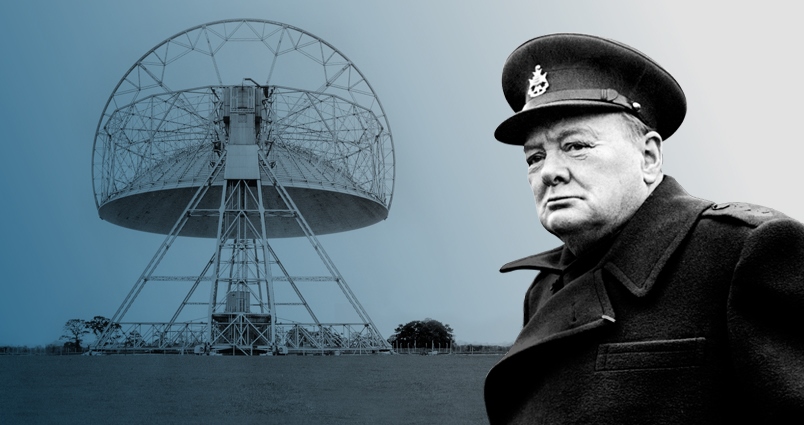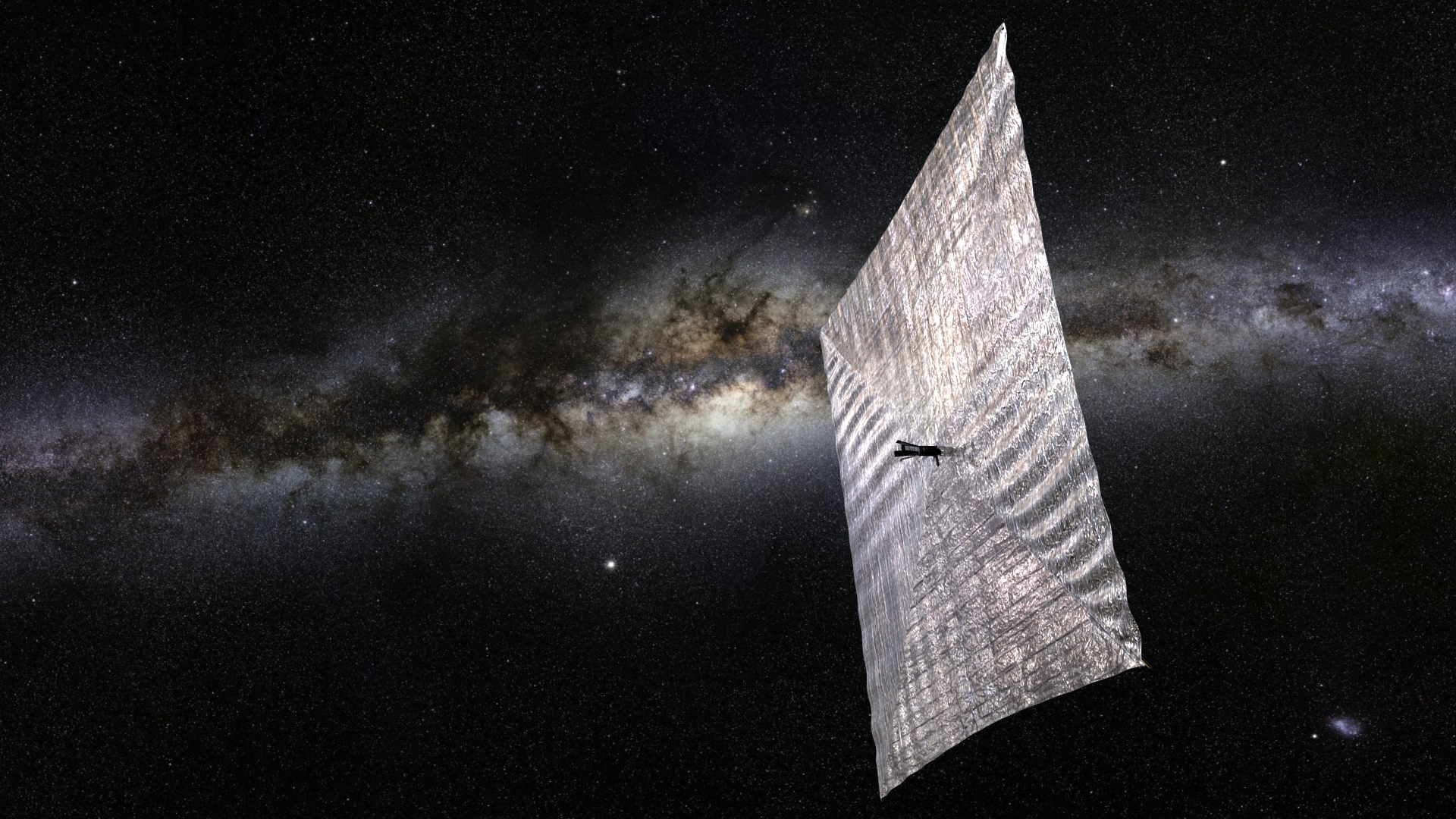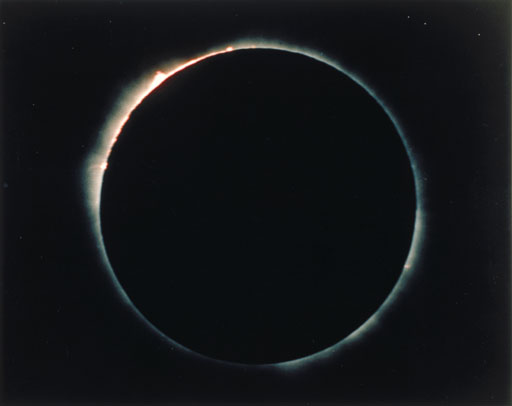
Churchill and the possibility of extra-terrestrial life.

Churchill and the possibility of extra-terrestrial life.

Pip Moss, Content Manager for Antenna, explains one of the latest developments in space exploration, the LightSail.

Roger Highfield explores the impact of eclipses on science.

On Friday 20 March, a solar eclipse will be visible across the UK (and Europe, parts of Asia and Africa). It’s the last chance to watch a solar eclipse in Europe until 2026.
Today we’re hosting The Giants’ Shoulders, a monthly event providing a taster of some of the best history of science the blogosphere has offered this month. News of a meteor breaking up over Russia and the close approach of an asteroid inspired many bloggers including Rupert Baker at the Royal Society Repository, Darin Hayton, Lisa Smith at the Sloane Letters Blog and Greg Good at Geocosmohistory. On the Board of Longitude Project blog, Alexi Baker surveyed how attitudes to inanimate objects […]
UK astronomy enthusiasts are in for a serious case of Venus envy next week, as the planet transits the Sun. People in other parts of the world will have a good view, but while the 2004 transit was seen across the UK, this year’s – the last until 2117 – mostly happens after nightfall in these parts. Only the final stages will be visible at sunrise on 6 June, but that’s not stopping intrepid observers, who will be hoping that […]
The 29th of February, a Leap day, is coming up again. On this mysterious date 20- year- olds celebrate their fifth birthdays and so on. What has this got to do with this beautiful armilliary sphere , on display in The Science Museum, London? Armiliary sphere by Sisson (credit: Science Museum) The sphere was made in 1731 for Prince Frederick , son of George II, who died before his father, hence he never came to the throne. Both he and Princess Augusta were […]
Today, people around the world are celebrating Charles Dickens’s 200th birthday. Hopefully they’ll enjoy themselves more than Dickens himself did on a youthful birthday outing: ‘Slow torture’ … ‘it was awful’ … ‘very alarming’ … ‘I thought if this were a birthday it were better never to have been born’. Dickens looked back on this beleaguered birthday in an All the Year Round article of 1863. The subject of his ire was an astronomical lecture, a popular entertainment of the time. The young […]
Astronomers have announced that they can now track sunspots forming before the tell-tale dark spots reach the Sun’s surface. The spots are caused by magnetic activity inside the Sun, and are associated with solar storms, massive bursts of material coming from our star. NASA recently released these staggering observations of our little blue planet being swamped by a sunstorm. Better prediction of solar storms is vital to protect our communication, navigation and power systems. In 1859 the biggest solar storm on record zapped […]
We sometimes find that objects in our collections suddenly become newsworthy because of events beyond the Museum. This beautiful, but small and unassuming, object on display in Cosmos & Culture is now one of them. It’s a prototype gyroscope from the Gravity Probe B experiment, which has been testing predictions made by Einstein’s general theory of relativity: that a massive body such as the Earth should warp and twist the space-time around it. Four spheres like this one – among the most […]
A few weeks ago, Stewart talked about relics in our collections – often mundane objects that have gained mystique through association with famous historical characters. Recently, I got a close-up look at what’s possibly the ultimate scientific museum relic: Galileo’s body parts. The middle finger of Galileo’s right hand has been on display at Florence’s history of science museum for many years. The museum’s recently been refurbished and (in what’s possibly a cunning marketing tool to entice visitors from the […]
Today in 1839, John Herschel made the first photograph on glass. The plate, with the image now faded almost beyond recognition, is in the care of our colleagues at the National Media Museum. The image was of the 40ft telescope built by John’s father William, something of a tourist attraction due to its size. By the time this photograph was taken only the telescope support frame remained, with the tube already removed – the structure had begun to rot after […]